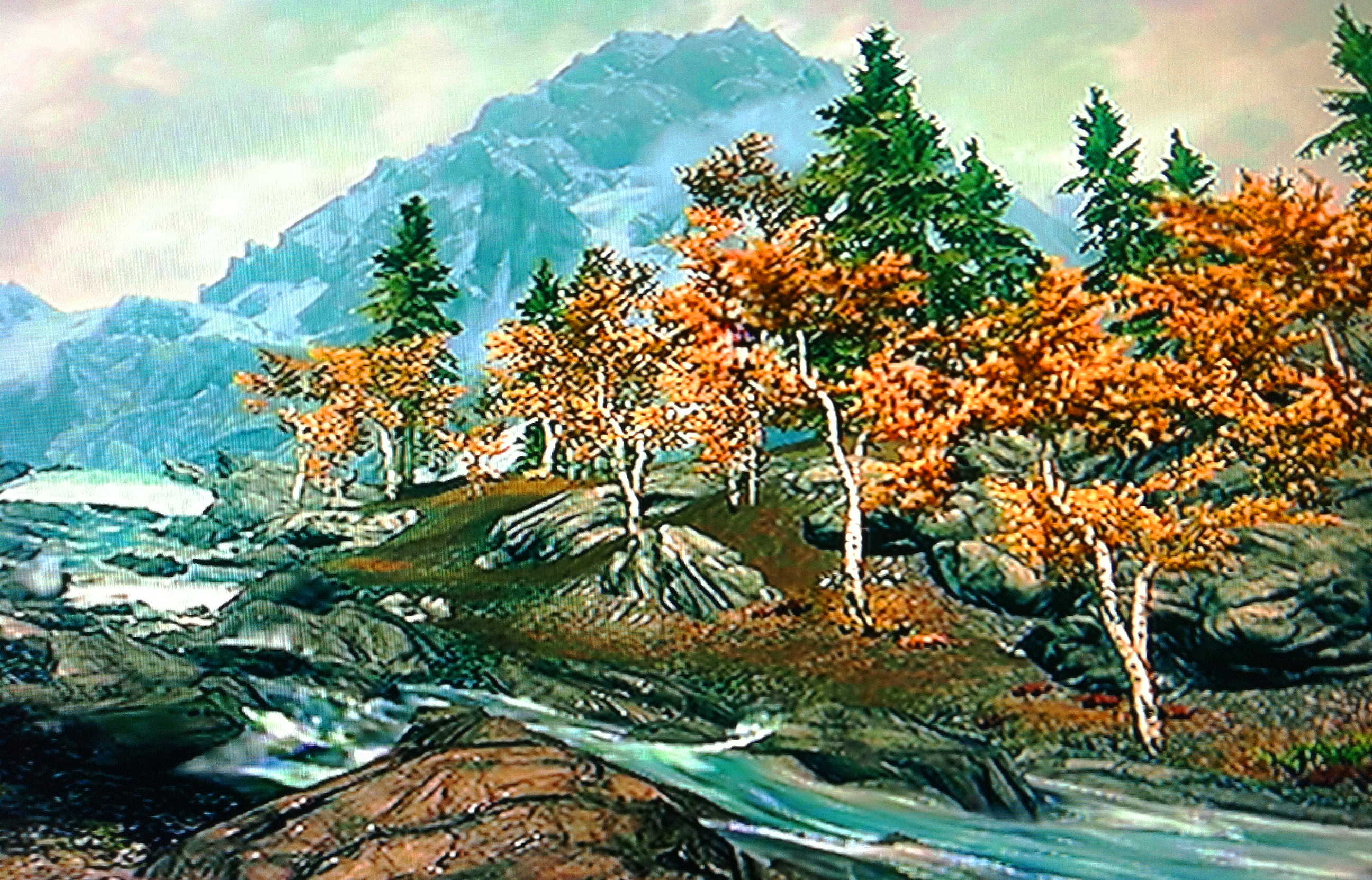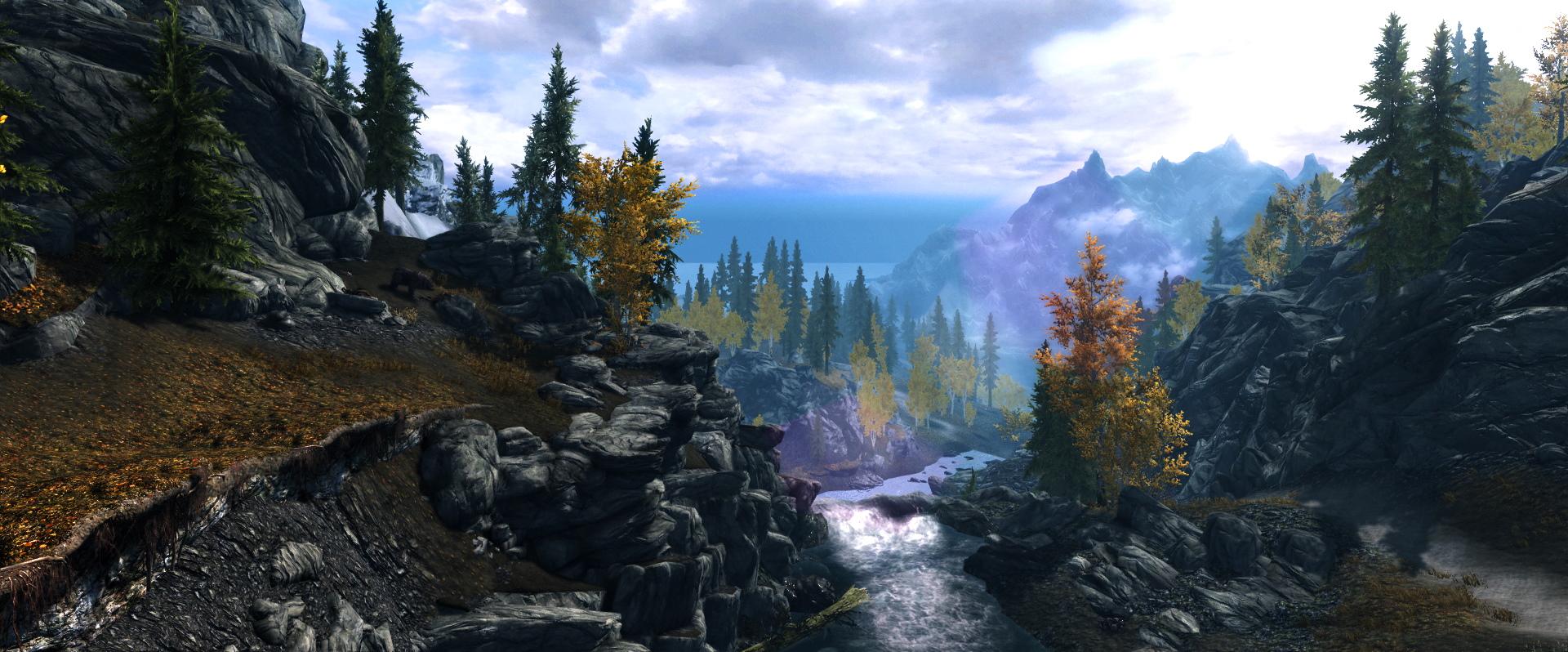Skyrim
Note: During the winter of 2014 in New England, 107.6 inches of snow fell around Boston. An Arctic weather system blasted the entire east coast of the United States for six months straight. Temperatures dropped to an average of 30 degrees, and many times as low as -14. Massachusetts declared a state of emergency. Public transportation and public schools were closed. Piles of snow reached 15 feet high on every street corner, and the snow was level with the windows. It was grey and dark everyday. 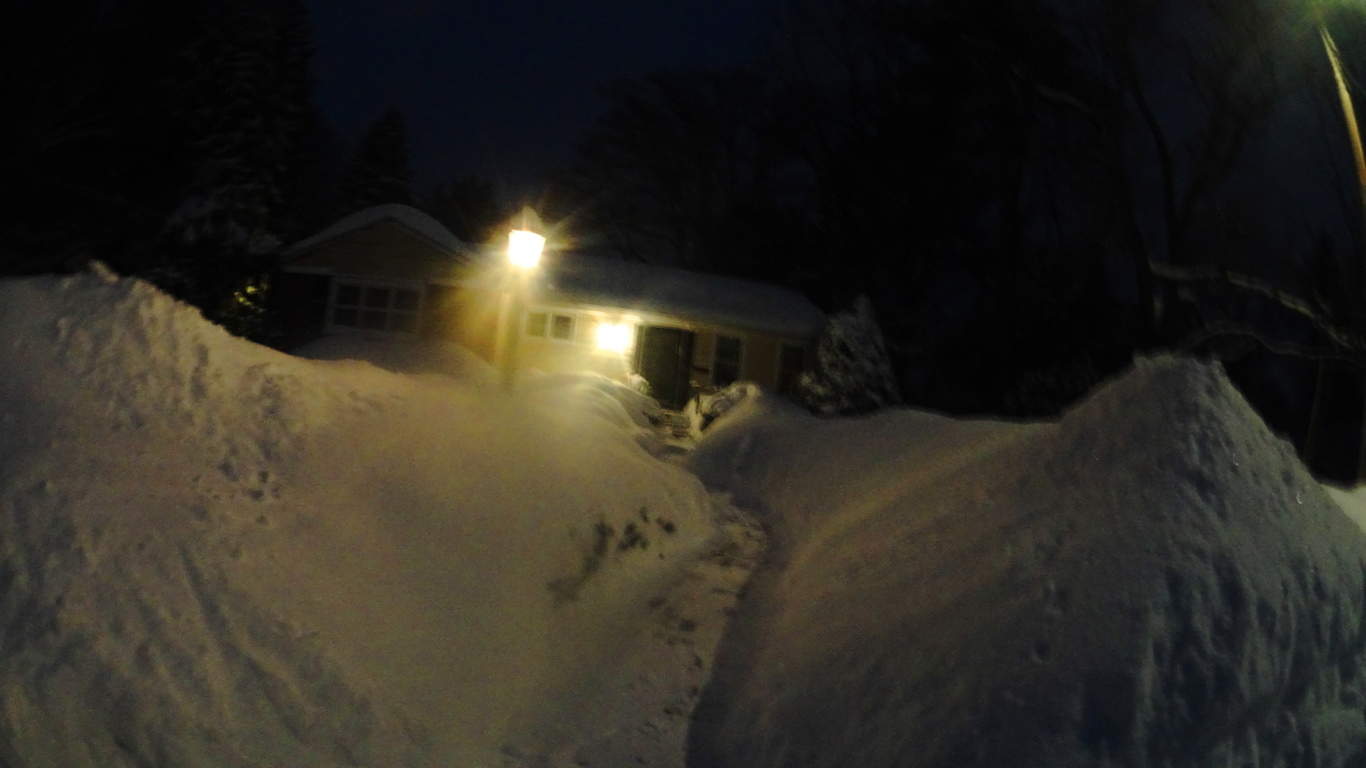 It was a full Arctic winter. Take a look at my home in this picture. Finding things to do inside became a real challenge. Reading is healthy but can get boring after a few hours each evening. Going on-line is fun, but it can give you a headache after extended periods as well. As the winter reached it’s peak in late January, I was going snow-blind, and stir crazy. I had become so accustomed to seeing bright-white literally everywhere, that my depth perception was completely blurry. I realized I needed to find something fun to do inside, something that involved bright colors, as crazy as that sounds. I went to Best Buy to find something playful to do. At the entrance, as if literally waiting for me, was a large poster of what I felt, at that particularly color-starved moment, was the most beautiful landscape I had ever seen. I was completely blown away. I asked the attendant about the poster. He told me that the landscape was from an Xbox ‘quest game’ called Skyrim. He told me the game was a ‘universe of landscapes’ to explore. I spent $550 as if it was 50 cents, and walked out of the store in less than three minutes with a new Xbox, and a single game, Skyrim.
It was a full Arctic winter. Take a look at my home in this picture. Finding things to do inside became a real challenge. Reading is healthy but can get boring after a few hours each evening. Going on-line is fun, but it can give you a headache after extended periods as well. As the winter reached it’s peak in late January, I was going snow-blind, and stir crazy. I had become so accustomed to seeing bright-white literally everywhere, that my depth perception was completely blurry. I realized I needed to find something fun to do inside, something that involved bright colors, as crazy as that sounds. I went to Best Buy to find something playful to do. At the entrance, as if literally waiting for me, was a large poster of what I felt, at that particularly color-starved moment, was the most beautiful landscape I had ever seen. I was completely blown away. I asked the attendant about the poster. He told me that the landscape was from an Xbox ‘quest game’ called Skyrim. He told me the game was a ‘universe of landscapes’ to explore. I spent $550 as if it was 50 cents, and walked out of the store in less than three minutes with a new Xbox, and a single game, Skyrim.
The Birth of Stonestrider: I went home and played the game. It was a Celtic fantasy ‘quest game’, with an epic interactive landscape. At this point in my life I had yet to even think of going to Celtic places, but as I played the game I began to wonder what it would be like. I am a college educated person. I have a Degree in Western Literature. I had read the essential Celtic myths, inclusive of Beowulf, Mallory’s Le Morte d’Artur, Gawain and The Green Knight, and Tolkien’s masterpiece novel The Lord of The Rings, and yet for some reason I had never galvanized my thoughts about the myths of Celtic places, and how much of it might be true. The range of subject matter in Skyrim is awe inspiring. It was obvious to me that the writers of this game did an incredible amount of research regarding Celtic myths. But the Skyrim writers went one step further and made cultural connections about mythical subjects that historians and anthropologists were embarrassed to talk about. For instance, standing stones and free-sitting boulders in Skyrim were not placed at random, presumably from glacial displacement, but were found in places specifically designated by a culture. Those designated spaces were inhabited by giants. Where did Skyrim get that idea from? Certainly not from academic history, although religious history texts have an abundance of content about giants.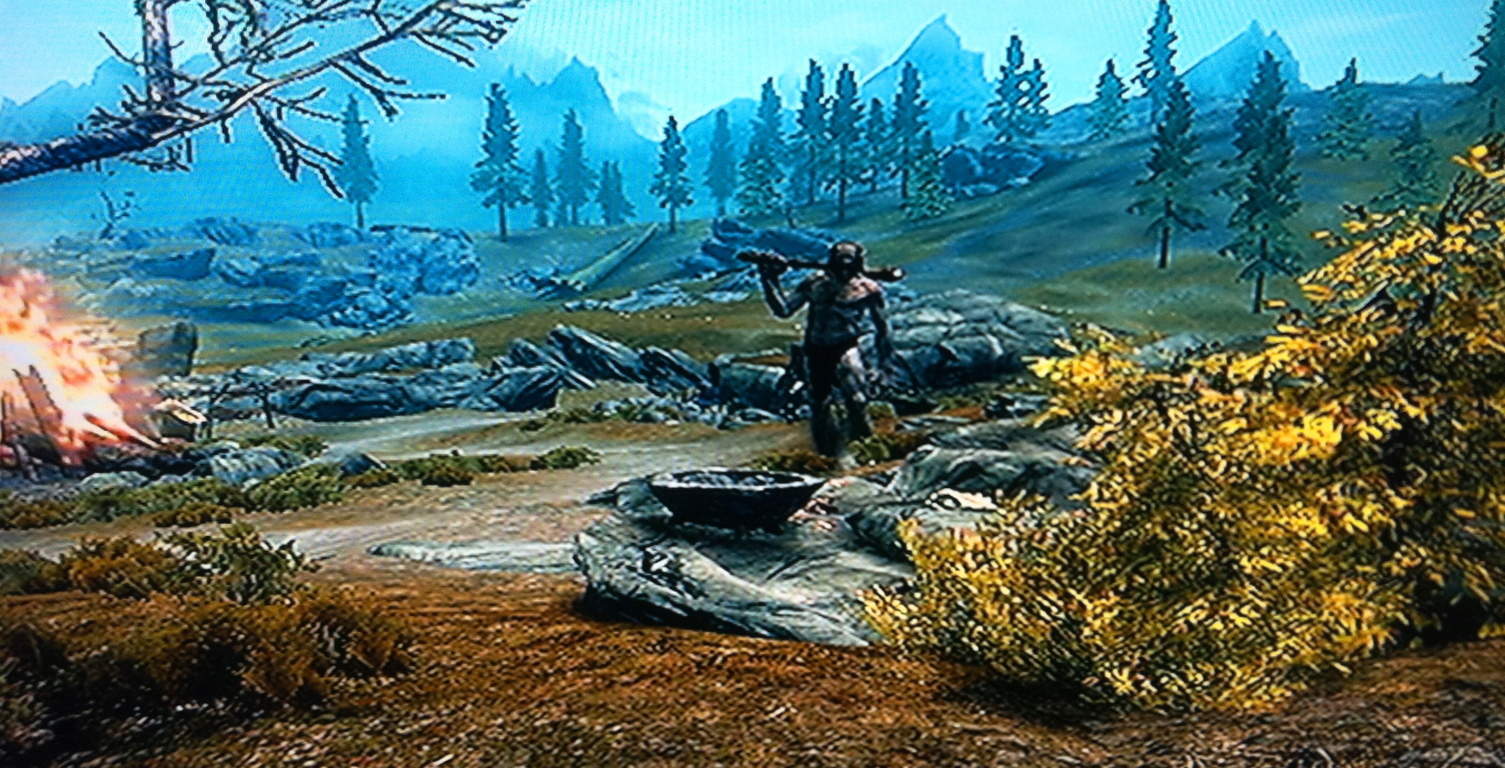 In Skyrim there are Dolmens, Standing Stones, Cairns, Free-Sitting Boulders, and Stone-Circles, all inhabited by giants, most of which also contain astrological significance. Suddenly Astrology, History, and Anthropology were ignited in my thoughts. It seemed to me that the designers of this game were signaling something to us, saying “wake up people, something amazing happened in the world once”. They had made a seamlessly logical scenario out of the Celtic universe, the ancient and half-forgotten world that we have only guessed at in this late phase of history. I began to wonder if these themes were really out there, in the actual world. If the Megaliths were cultural, then nobody could’ve moved them. I would just have to find them if I could. And that was my epiphany. I decided that when the snow melted, and the Spring finally came, I would go on my own real-time quest to find the Megalithic culture. Stonestrider.com would be born. My life has never been the same. I would like to use this post to just express some of the similarities between the game, and what I found in real time.
In Skyrim there are Dolmens, Standing Stones, Cairns, Free-Sitting Boulders, and Stone-Circles, all inhabited by giants, most of which also contain astrological significance. Suddenly Astrology, History, and Anthropology were ignited in my thoughts. It seemed to me that the designers of this game were signaling something to us, saying “wake up people, something amazing happened in the world once”. They had made a seamlessly logical scenario out of the Celtic universe, the ancient and half-forgotten world that we have only guessed at in this late phase of history. I began to wonder if these themes were really out there, in the actual world. If the Megaliths were cultural, then nobody could’ve moved them. I would just have to find them if I could. And that was my epiphany. I decided that when the snow melted, and the Spring finally came, I would go on my own real-time quest to find the Megalithic culture. Stonestrider.com would be born. My life has never been the same. I would like to use this post to just express some of the similarities between the game, and what I found in real time.
Waterfalls: Take a look at this waterfall I came across in the town of Mullaghduff, in Donegal, Ireland. It was totally untouched. No trails, signs, or markers of any kind. As far as I could tell, this Celtic waterfall was in its original state. More fantastic for me were the stones around the main Fall, which seemed curved, and cut, specifically into place, with smoothed arches and right angles actually hanging over the water. I couldn’t see how this configuration of stones would occur naturally. Look also to the left of the main Fall, there is a completely separate stone-cut path with beautifully crafted steps funneling the water. The level elevated bedrock of the main flow of water, combined with the crafted stones which are clearly curved and fitted above it, along with the separate funnel on the left, makes this seem like an engineered area, not a glacial miracle. That’s what I believe this is, an engineered waterway. There are also free-standing boulders that look more like markers heading progressively up the mountain directly beyond this waterway, which makes the area a prime candidate for an ancient Celtic, megalithically cultural center, just like what Skyrim depicts in the game.
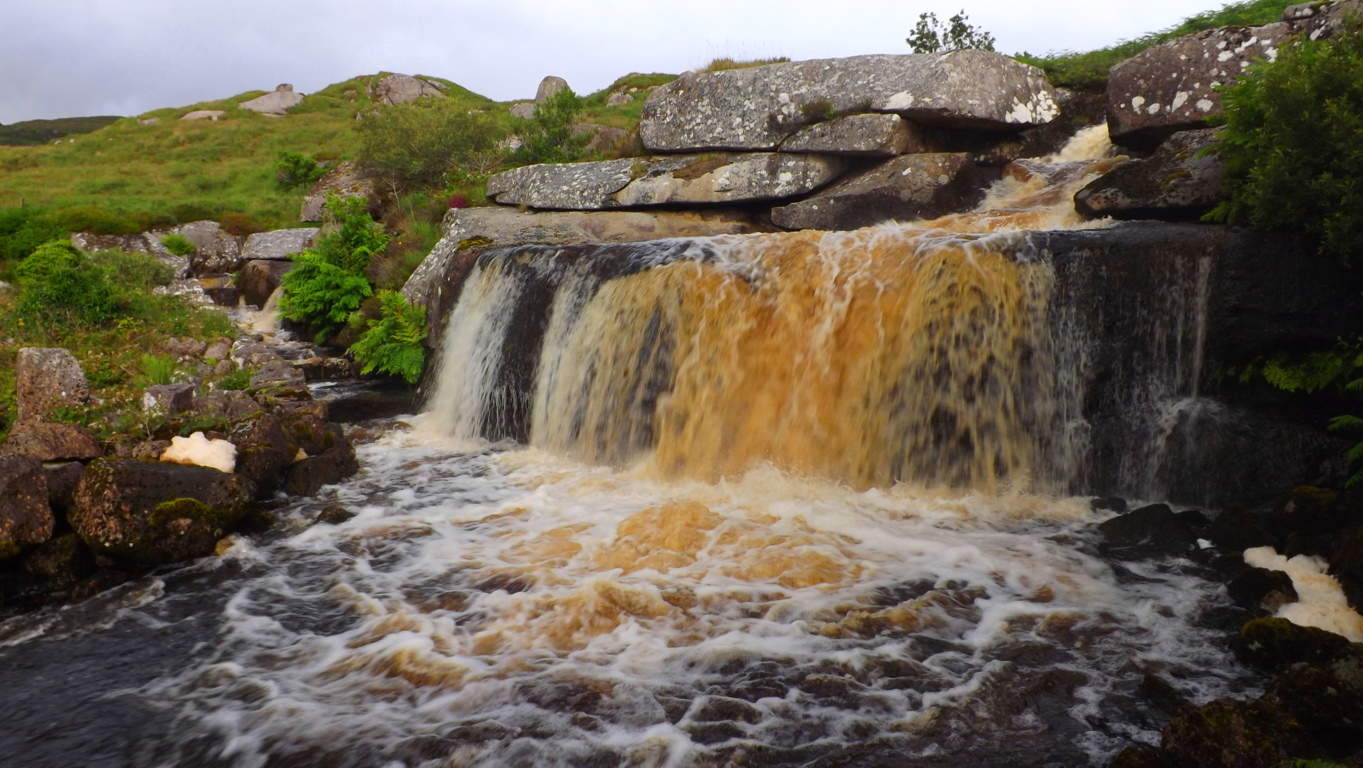 What’s even more interesting, is that this very real waterfall in Mullaghduff has more mysterious components to it than this very fictional waterfall in Skyrim. The main similarity between the two waterfalls is that they both focus on the idea that the water is centered and flowing through a specific, and elevated, rocky precipice, while otherwise surrounded by gorgeous grassy brush and hilly topography beyond. It’s as if both scenes are trying to tell us that something special happens at the rocky points of water-flow.
What’s even more interesting, is that this very real waterfall in Mullaghduff has more mysterious components to it than this very fictional waterfall in Skyrim. The main similarity between the two waterfalls is that they both focus on the idea that the water is centered and flowing through a specific, and elevated, rocky precipice, while otherwise surrounded by gorgeous grassy brush and hilly topography beyond. It’s as if both scenes are trying to tell us that something special happens at the rocky points of water-flow.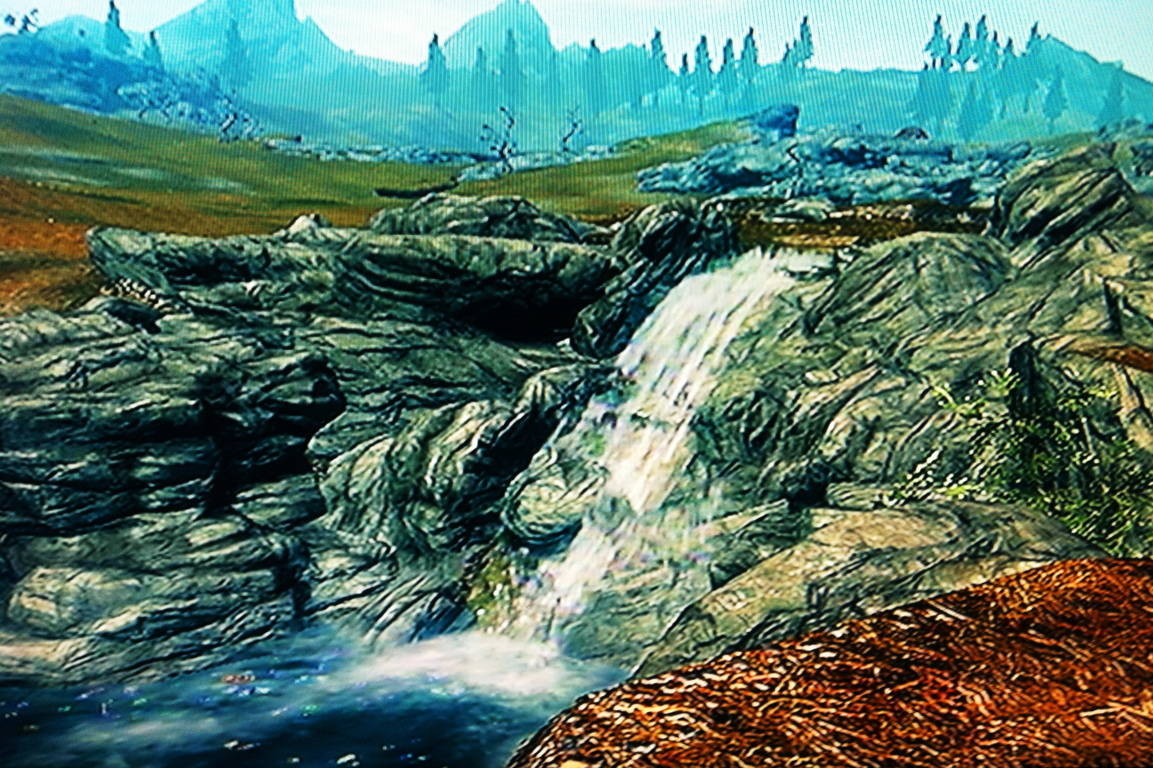 Mountain Streams: Here is a look at a mountain stream headed towards a Celtic alter in the heights of the Black Valley in the southern portion of Killarney National Park, Ireland. Take a look at the stones on the outer edge of the run of the water. The stones are not rounded, but they’re cut distinctly, seemingly directing the water in a funnel towards the center. The most obvious example is the largest stone in the center of this image; it is clearly cut, and with the directional purpose of funneling the water inward. I would also like to point out, that if you were to follow this stream up the mountain, you will come to a massive cut alter, with Celtic rings etched in its side.
Mountain Streams: Here is a look at a mountain stream headed towards a Celtic alter in the heights of the Black Valley in the southern portion of Killarney National Park, Ireland. Take a look at the stones on the outer edge of the run of the water. The stones are not rounded, but they’re cut distinctly, seemingly directing the water in a funnel towards the center. The most obvious example is the largest stone in the center of this image; it is clearly cut, and with the directional purpose of funneling the water inward. I would also like to point out, that if you were to follow this stream up the mountain, you will come to a massive cut alter, with Celtic rings etched in its side.
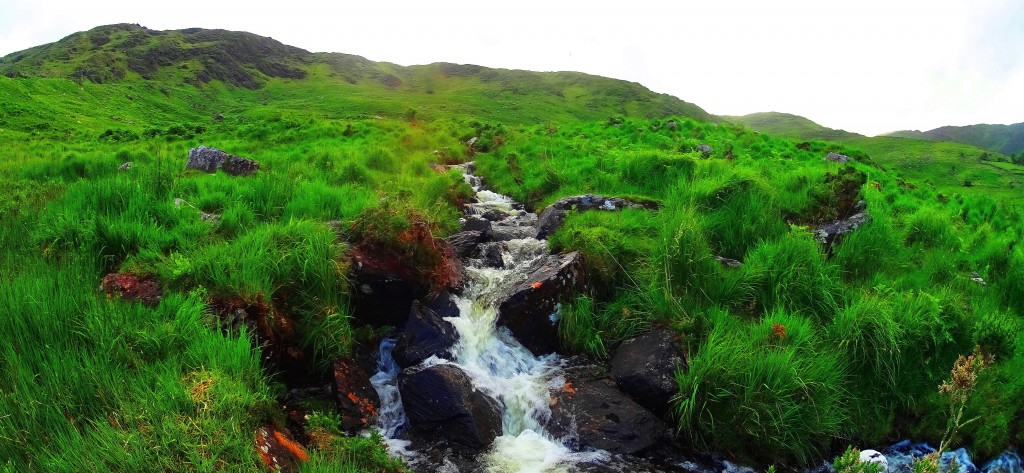 In Skyrim there are waterways that appear in the elevations, and they follow the flow of specifically dotted stone paths. I really feel that the game’s engineers noticed the stony designation of Celtic waterways. Whether or not they knew that the real life waterways were in many instances engineered, is for us to decide.
In Skyrim there are waterways that appear in the elevations, and they follow the flow of specifically dotted stone paths. I really feel that the game’s engineers noticed the stony designation of Celtic waterways. Whether or not they knew that the real life waterways were in many instances engineered, is for us to decide. 
Celtic Rings in Stone: Here is a look at the alter to be found at the top of the mountain stream in the Black Valley in Killarney. The rings cut into it are smooth and perfectly concentric, and hardly look like the work of a chisel at all.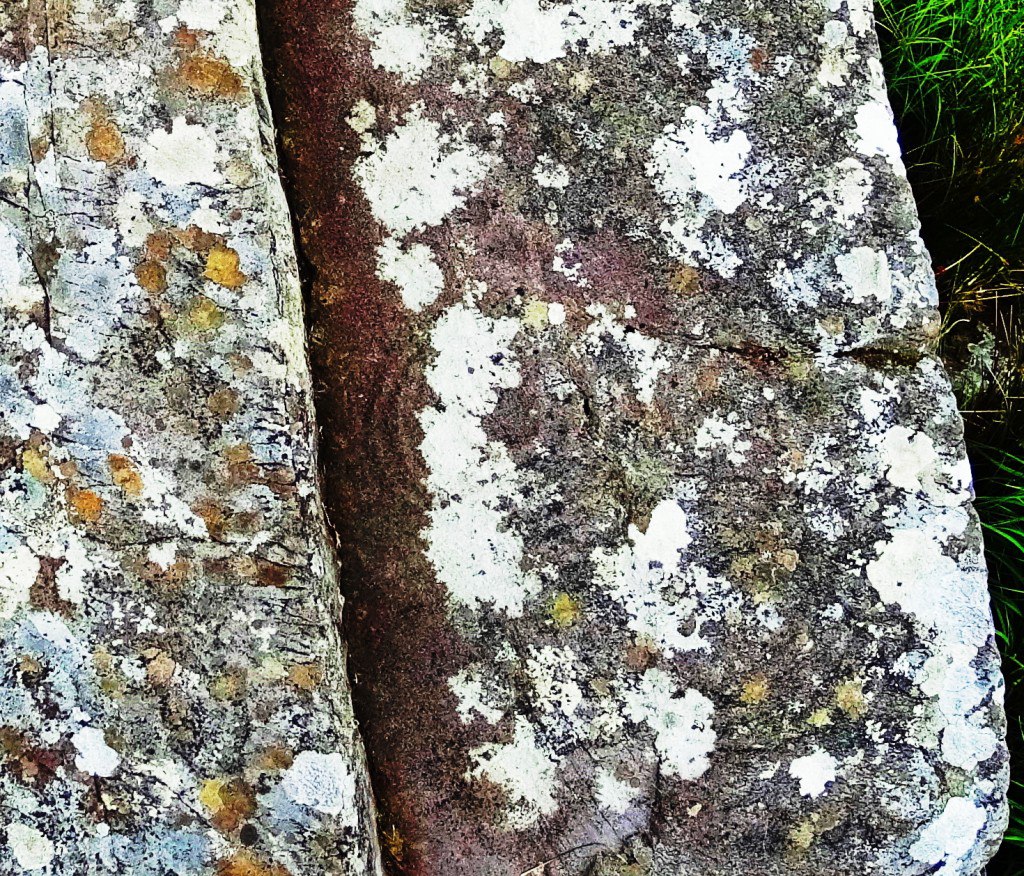 The rings are thousands of years old and hard to see now, shown just below center of the right slab, if you look close. It is clear that this slab was carved into linear sections, and ‘squared’. Even more incredible is that its location is near the top of a mountain. None of the other stones near by look even remotely like this. One last thing to take note of in this scene is that these slabs seem to be facing directly towards the central feature of the valley beyond, which is the beautiful lake Brinn, splitting the two mountains. There is just so much to consider when looking at Celtic ruins. It seems to me that they are far more than primitive markings. There is meaning in the direction in which stones face, what they depict, and where they are found. All of this is far from primitive, it’s actually elegant.
The rings are thousands of years old and hard to see now, shown just below center of the right slab, if you look close. It is clear that this slab was carved into linear sections, and ‘squared’. Even more incredible is that its location is near the top of a mountain. None of the other stones near by look even remotely like this. One last thing to take note of in this scene is that these slabs seem to be facing directly towards the central feature of the valley beyond, which is the beautiful lake Brinn, splitting the two mountains. There is just so much to consider when looking at Celtic ruins. It seems to me that they are far more than primitive markings. There is meaning in the direction in which stones face, what they depict, and where they are found. All of this is far from primitive, it’s actually elegant.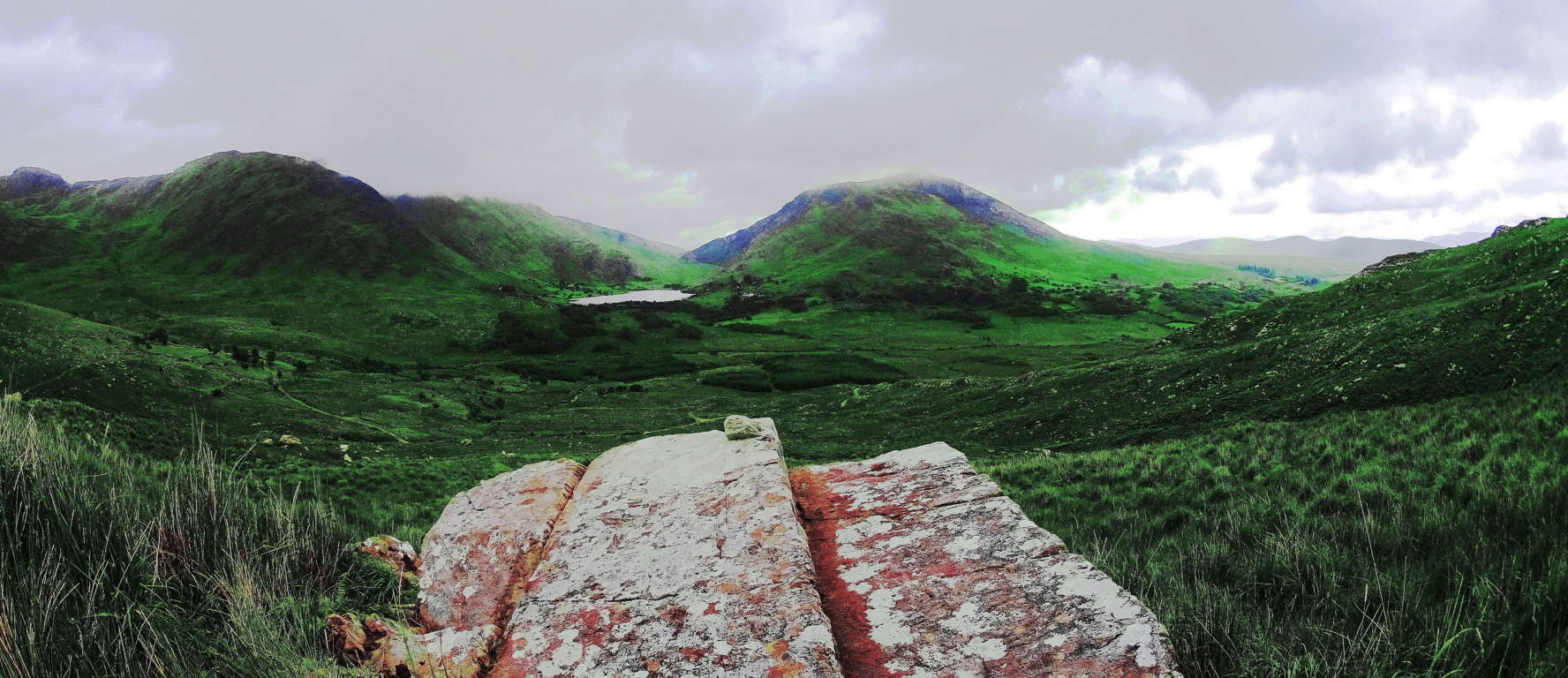 Now here is a view of a squared stone slab with semi-concentric rings on its face in Skyrim. Yet again, the more amazing and mysterious stone, is actually the real one.
Now here is a view of a squared stone slab with semi-concentric rings on its face in Skyrim. Yet again, the more amazing and mysterious stone, is actually the real one.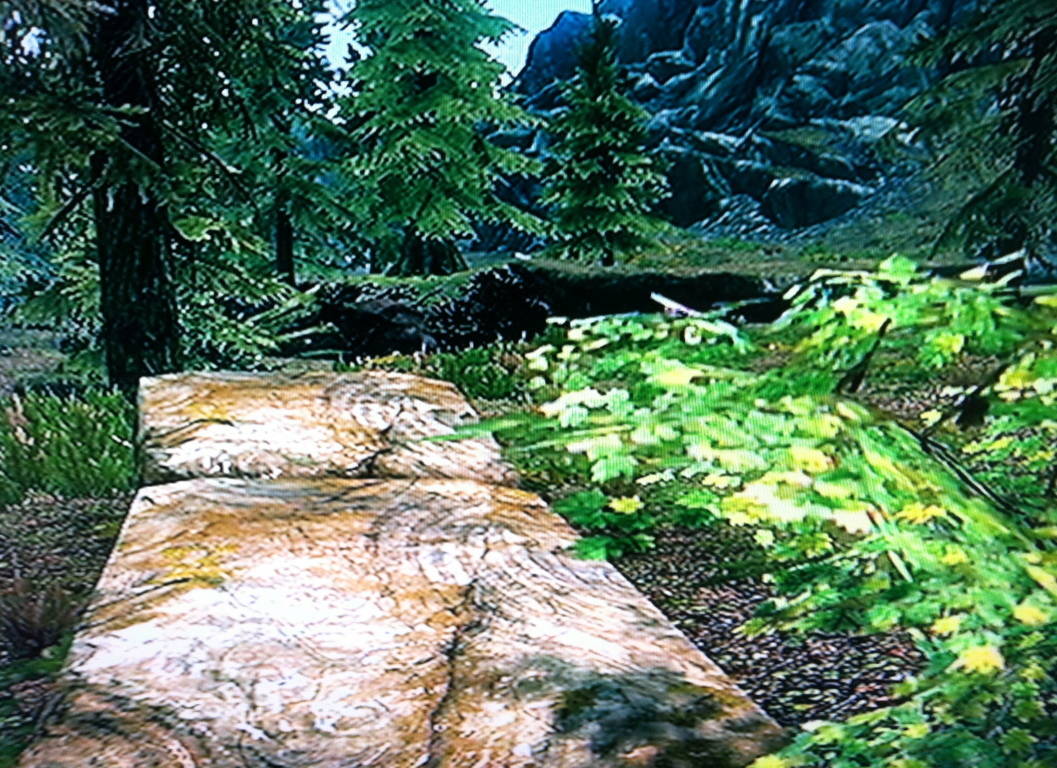 Free Sitting Boulders: I am sure that there are boulders that have been moved by glaciers. But I am equally sure that there are boulders that have not been moved by glaciers.
Free Sitting Boulders: I am sure that there are boulders that have been moved by glaciers. But I am equally sure that there are boulders that have not been moved by glaciers. Free-sitting-boulders can most often be found guarding areas where sacred Dolmens or Wedge Tombs are directly near by. Here is an example of a free-sitting-boulder that I came across placed 30 yards from the incredible Wedge Tomb at Cavan Burren National Park in Ireland (Image on Right, click on it to look closer/Additionally, at this Wedge Tomb, are three stone-linings all converging directly on it/the linings are energy transfers, not walls). I am absolutely certain that this boulder was placed here as a marker to display the area as ‘occupied’. I imagine that this was a fair warning, a way of saying, “if you cross this massive marker, you will have to deal with the individual who is strong enough to put this here”. Notice how the boulder is placed exactly over another granite face below it. Scientists want us to believe that this boulder came to rest exactly on top of this other rock face beneath it, moved at random by glacial displacement? The odds are beyond gastronomical. I’m sorry, but no. This is a megalithic cultural statement, a boundary, near a Wedge Tomb.
Free-sitting-boulders can most often be found guarding areas where sacred Dolmens or Wedge Tombs are directly near by. Here is an example of a free-sitting-boulder that I came across placed 30 yards from the incredible Wedge Tomb at Cavan Burren National Park in Ireland (Image on Right, click on it to look closer/Additionally, at this Wedge Tomb, are three stone-linings all converging directly on it/the linings are energy transfers, not walls). I am absolutely certain that this boulder was placed here as a marker to display the area as ‘occupied’. I imagine that this was a fair warning, a way of saying, “if you cross this massive marker, you will have to deal with the individual who is strong enough to put this here”. Notice how the boulder is placed exactly over another granite face below it. Scientists want us to believe that this boulder came to rest exactly on top of this other rock face beneath it, moved at random by glacial displacement? The odds are beyond gastronomical. I’m sorry, but no. This is a megalithic cultural statement, a boundary, near a Wedge Tomb. Here is the equivalent in Skyrim. This free sitting boulder is directly on the edge of a Cairn inhabited by giants in the game. It becomes increasingly clear that the Skyrim writers know something the general population has yet to imagine possible, or has perhaps forgotten.
Here is the equivalent in Skyrim. This free sitting boulder is directly on the edge of a Cairn inhabited by giants in the game. It becomes increasingly clear that the Skyrim writers know something the general population has yet to imagine possible, or has perhaps forgotten.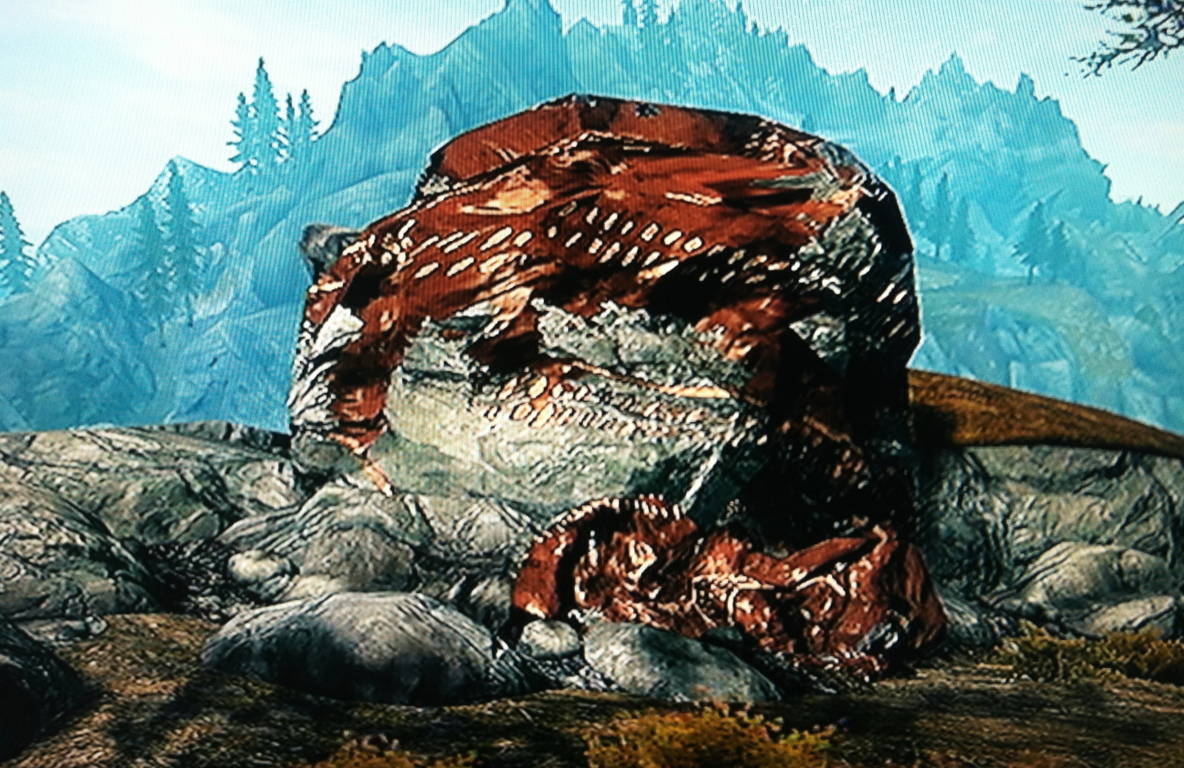 Standing Stones: The simple wonder of standing stones can move you. Here is an 8 foot standing stone in the heights of the Conwy Valley, Wales. Again, this stone weighs at least two tons. Moving this, and to such an elevation from the valley below, would seem crazy by human standards. I believe this standing stone is another type of marker, placed by the individual(s) who wanted to live away from the common collectives of people down below, and it served as a warning to them. More compelling is the fact that this stone is 100 yards from beautiful Dolmen just down the Roman pathway.
Standing Stones: The simple wonder of standing stones can move you. Here is an 8 foot standing stone in the heights of the Conwy Valley, Wales. Again, this stone weighs at least two tons. Moving this, and to such an elevation from the valley below, would seem crazy by human standards. I believe this standing stone is another type of marker, placed by the individual(s) who wanted to live away from the common collectives of people down below, and it served as a warning to them. More compelling is the fact that this stone is 100 yards from beautiful Dolmen just down the Roman pathway. 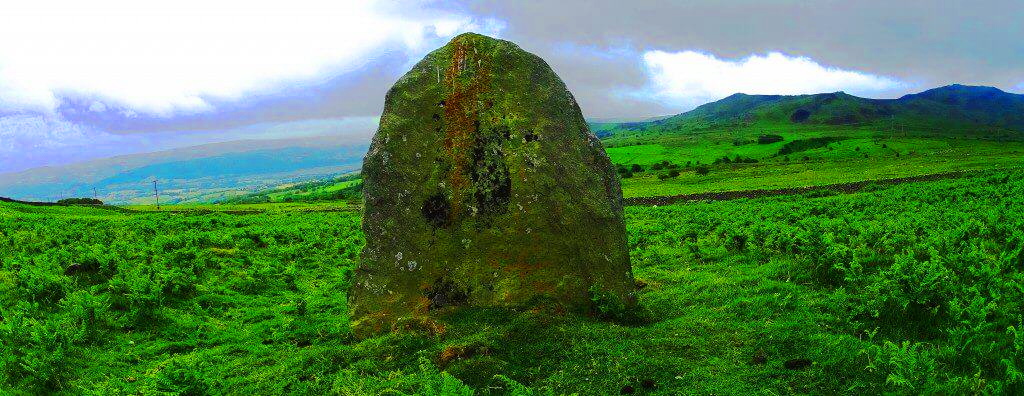 Here is an image of a nice standing stone in Skyrim with what looks like similar dynamics.
Here is an image of a nice standing stone in Skyrim with what looks like similar dynamics.
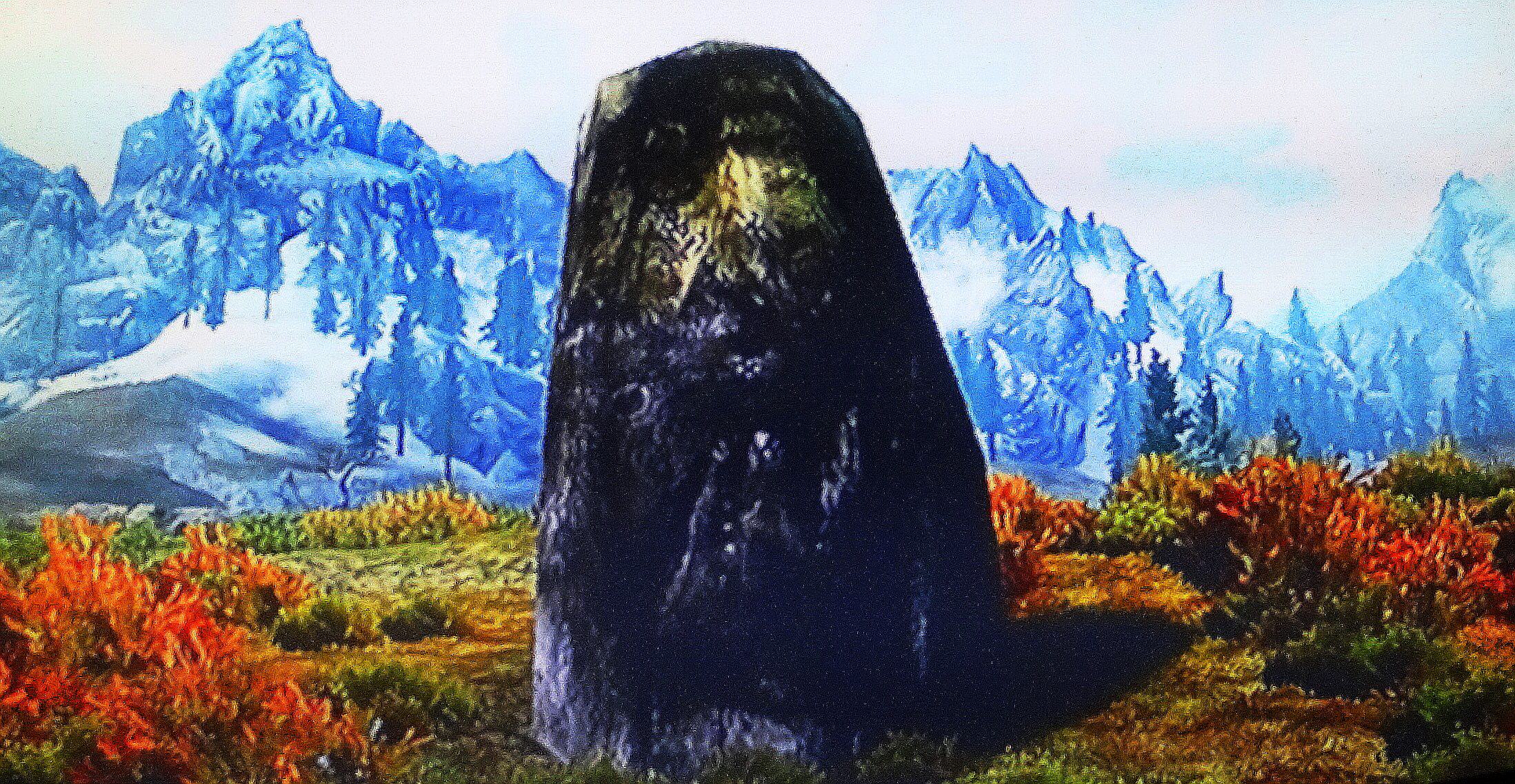 Stacked and level megaliths: The most obvious and famous example of stacked and level megaliths is Stonehenge. The mystery of Stonehenge is one of the most important and fascinating in the world. There is so much that goes into creating sections like these, including grand notches that are cut and fit to be fixed into place like Jurassic Legos. To do this with sarsen stone, the hardest stone in the world, is almost inconceivable for a primitive culture at the start of history. Here is a look at just one section of Stonehenge.
Stacked and level megaliths: The most obvious and famous example of stacked and level megaliths is Stonehenge. The mystery of Stonehenge is one of the most important and fascinating in the world. There is so much that goes into creating sections like these, including grand notches that are cut and fit to be fixed into place like Jurassic Legos. To do this with sarsen stone, the hardest stone in the world, is almost inconceivable for a primitive culture at the start of history. Here is a look at just one section of Stonehenge.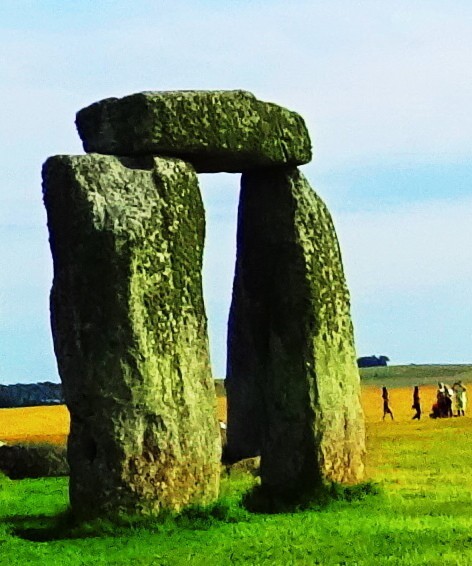 And here is a look at one section of an entrance to a cairn in Skyrim. Same proportions. Same idea.
And here is a look at one section of an entrance to a cairn in Skyrim. Same proportions. Same idea.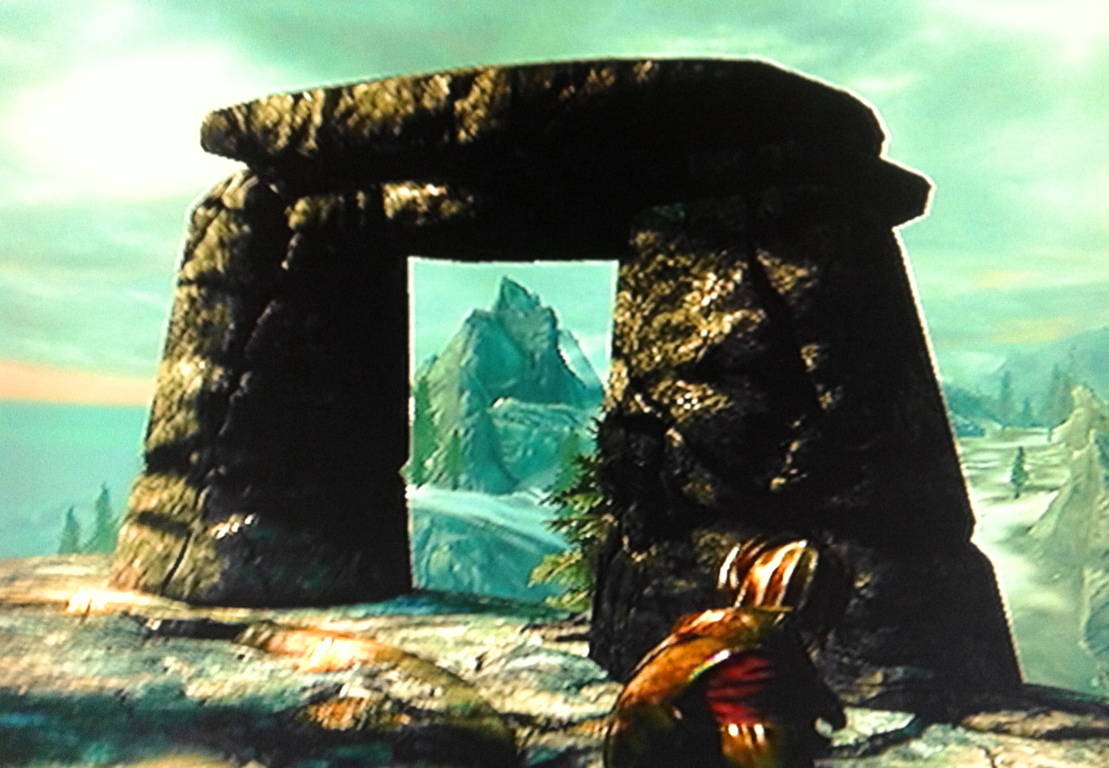 Amazing Natural Beauty: It is so important not to forget the natural beauty surrounding the mystery of Celtic culture. Mountains and valleys are simple and worthy reasons for celebration. I just want to mix and match some actual scenes that I was lucky enough to come across, with scenes from Skyrim below.
Amazing Natural Beauty: It is so important not to forget the natural beauty surrounding the mystery of Celtic culture. Mountains and valleys are simple and worthy reasons for celebration. I just want to mix and match some actual scenes that I was lucky enough to come across, with scenes from Skyrim below.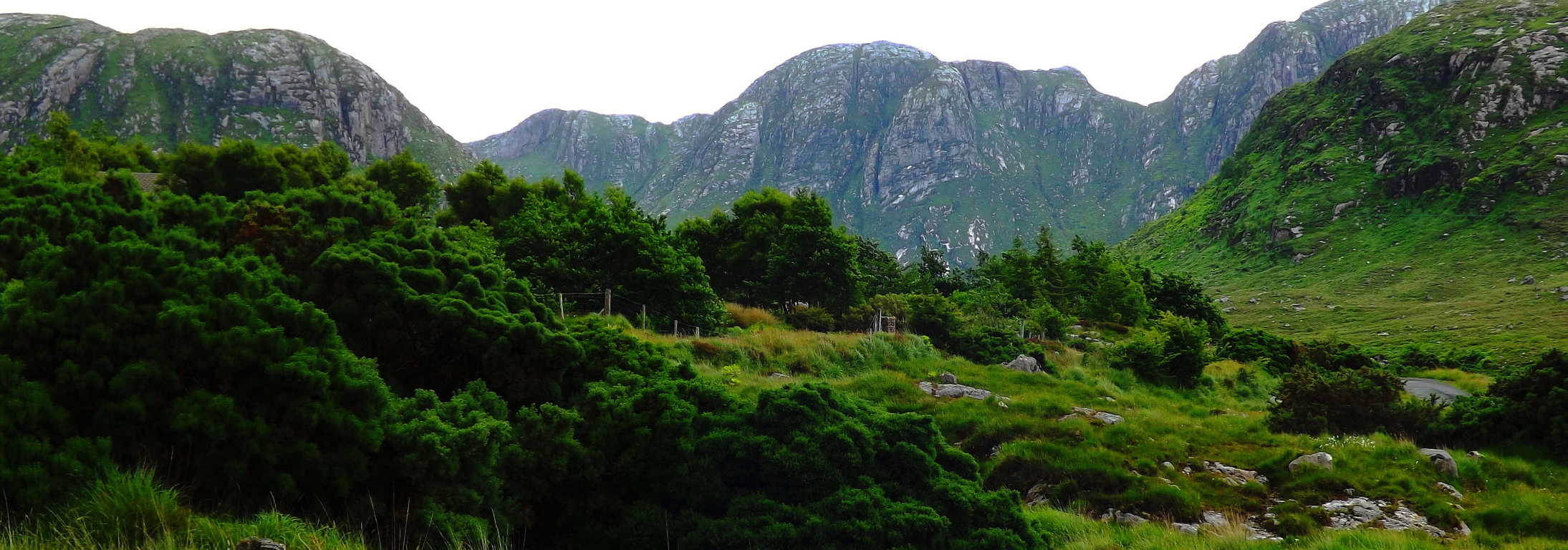 The fantastic images in Skyrim should inspire you to try to climb mountains and explore valleys, however distant from you.
The fantastic images in Skyrim should inspire you to try to climb mountains and explore valleys, however distant from you.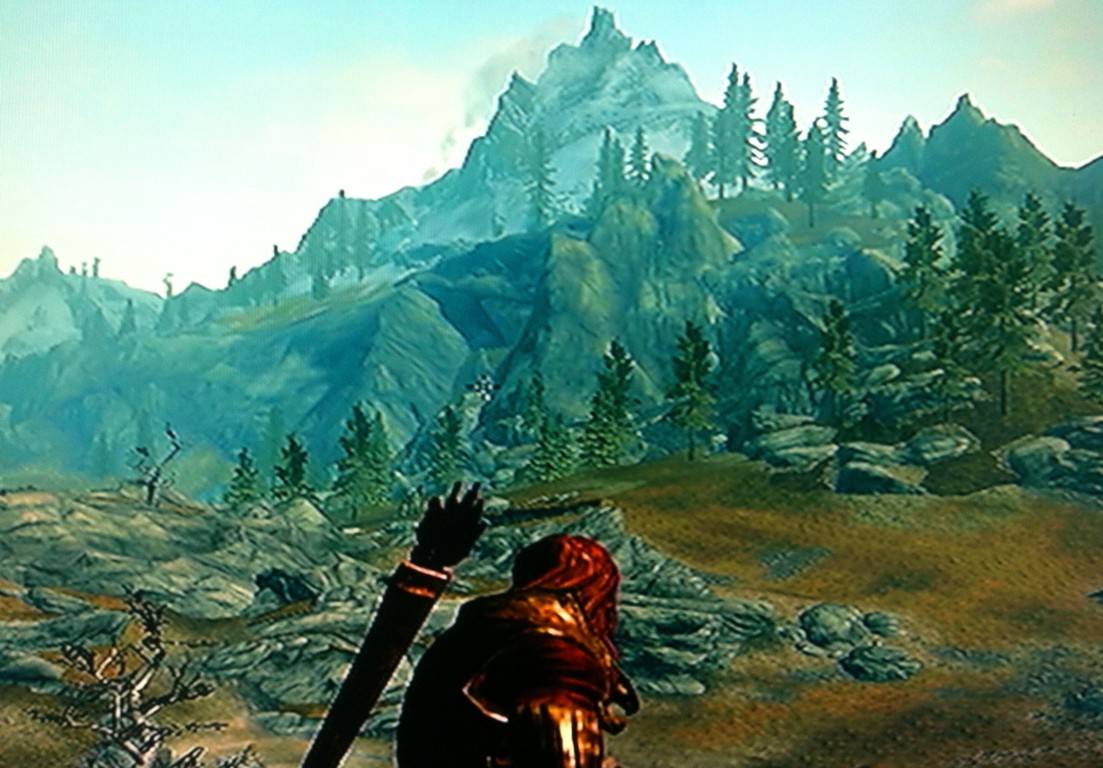 You can do it! Something tremendous is revealed when you get out and take a close look at wild natural spaces. There is a hidden megalithic culture beneath us, and in some preserved places, totally visible.
You can do it! Something tremendous is revealed when you get out and take a close look at wild natural spaces. There is a hidden megalithic culture beneath us, and in some preserved places, totally visible.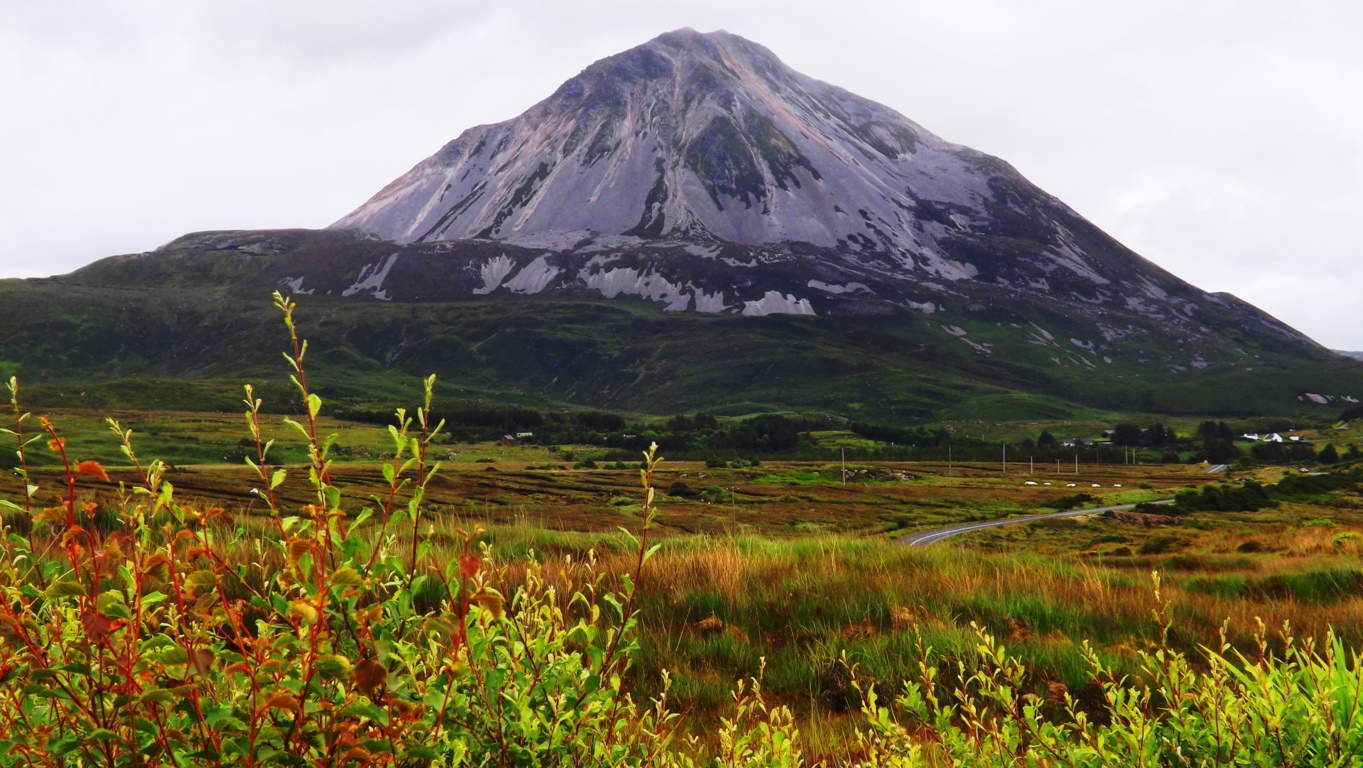 The Skyrim engineers have somehow put together a vision in their game that taps into the myths in a way that is almost signaling us, warning us, that there is more going on in this world than we are being told by commercial banks, governments, and people.
The Skyrim engineers have somehow put together a vision in their game that taps into the myths in a way that is almost signaling us, warning us, that there is more going on in this world than we are being told by commercial banks, governments, and people.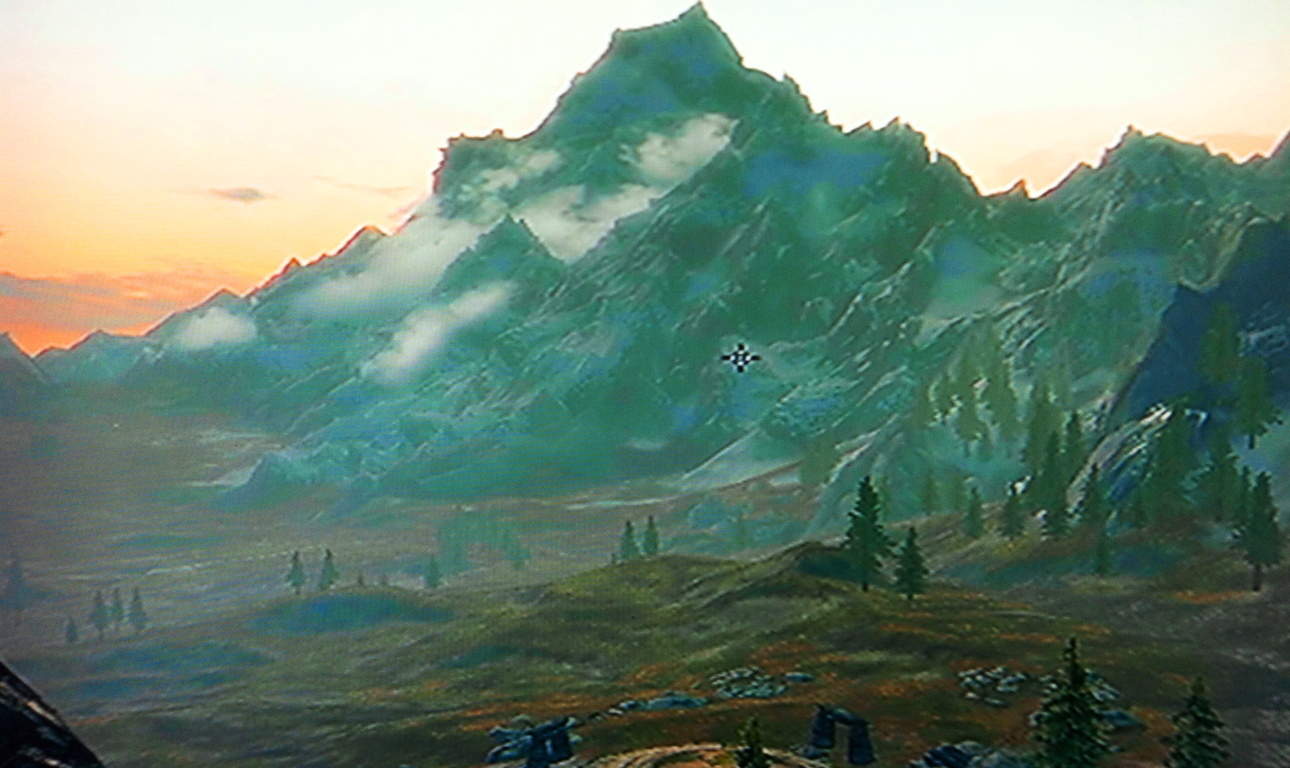 I would like to thank the makers of Skyrim for inspiring me to think and wonder for myself just how much of what they are proposing might be true…
I would like to thank the makers of Skyrim for inspiring me to think and wonder for myself just how much of what they are proposing might be true…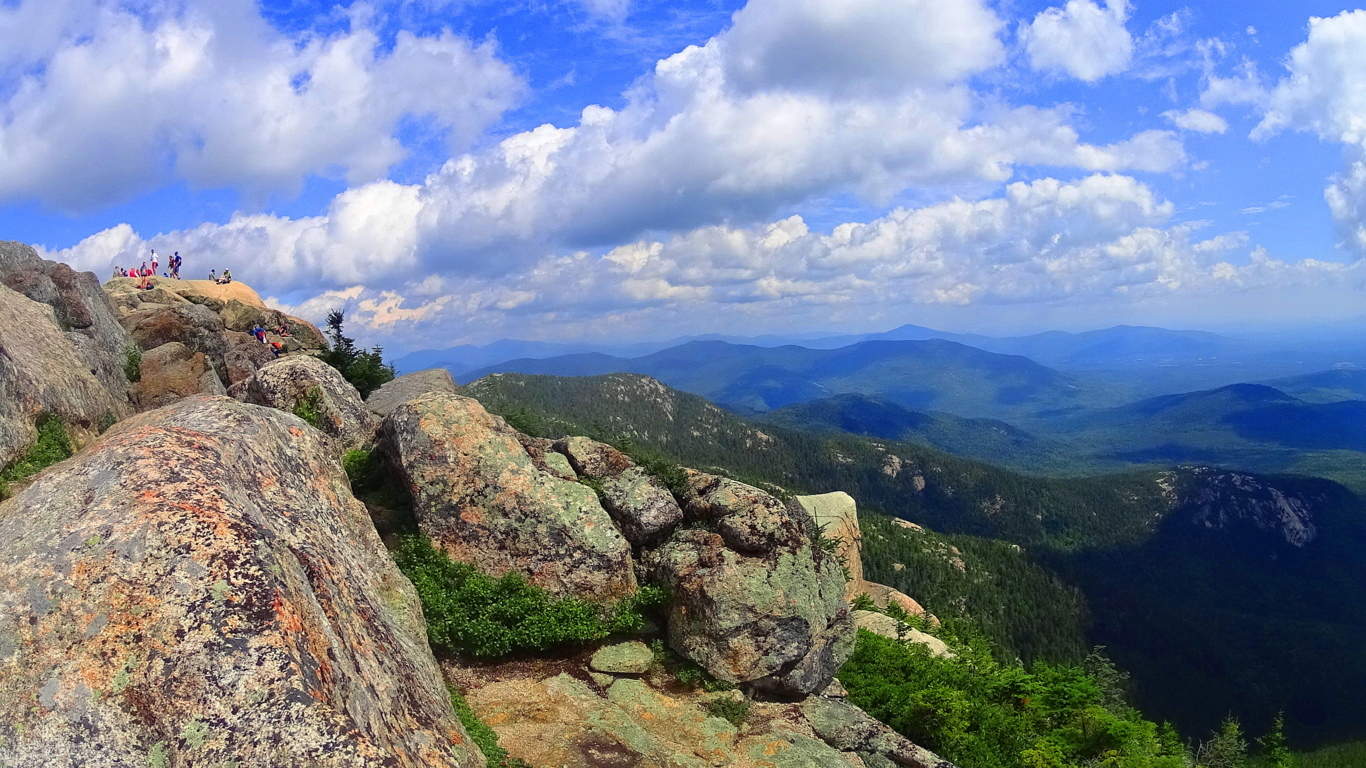 ..which is far more than I would’ve known, had I not gone in search after the miserable winter of 2014. I will end this post with this statement: Biblical scriptures and the Dead Sea Scrolls speak of giants in the land, before, and after Noah. There are entire narratives dedicated to this premise about giants. “Seek and Find the Sacred” is not just a nifty cliche, its your personal invitation to understand the most mysterious and amazing things first hand, not relying on some other persons opinion, but developing your own. The megaliths are there, in dynamic positions, with symbols and angles, waiting to be understood. All of this takes place in a naturally beautiful, and often romantically distant places, far from the manic urban centers. You have nothing to lose by letting go, and going for it. I hope to see you out there. And however far out “out there” might be, the better.
..which is far more than I would’ve known, had I not gone in search after the miserable winter of 2014. I will end this post with this statement: Biblical scriptures and the Dead Sea Scrolls speak of giants in the land, before, and after Noah. There are entire narratives dedicated to this premise about giants. “Seek and Find the Sacred” is not just a nifty cliche, its your personal invitation to understand the most mysterious and amazing things first hand, not relying on some other persons opinion, but developing your own. The megaliths are there, in dynamic positions, with symbols and angles, waiting to be understood. All of this takes place in a naturally beautiful, and often romantically distant places, far from the manic urban centers. You have nothing to lose by letting go, and going for it. I hope to see you out there. And however far out “out there” might be, the better. 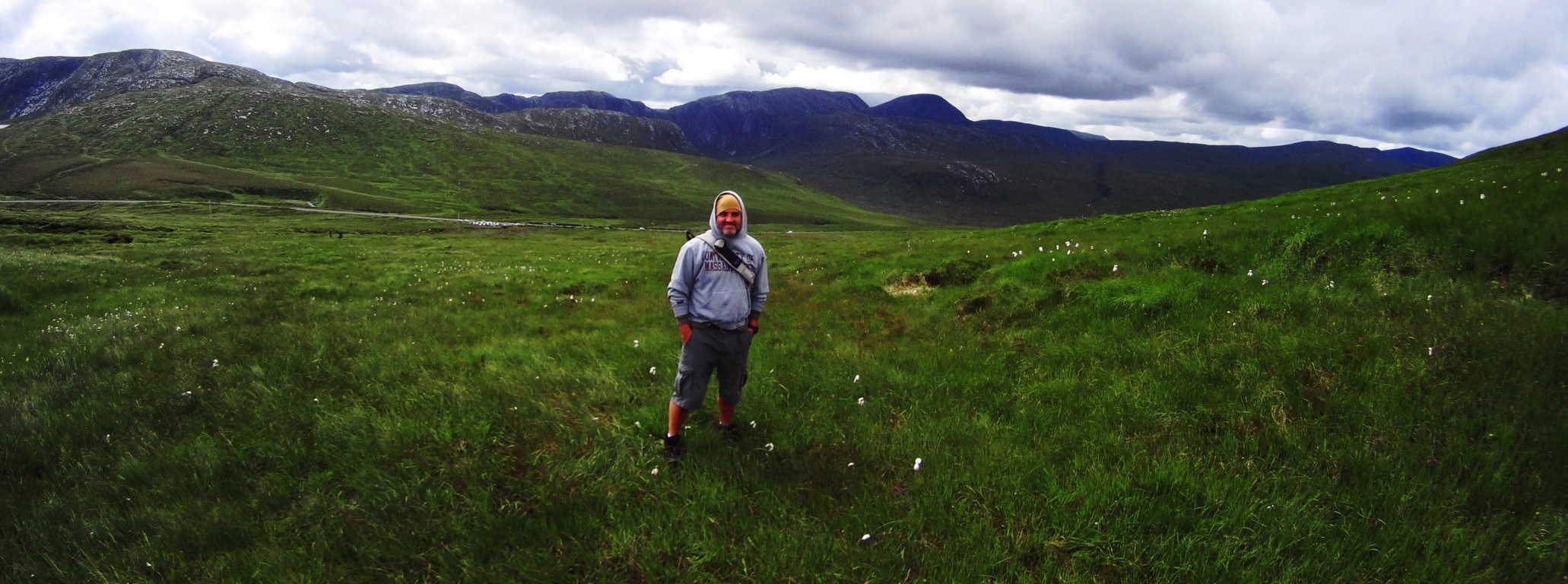
Cavan Burren National Park (Part 1: Celtic Altar)
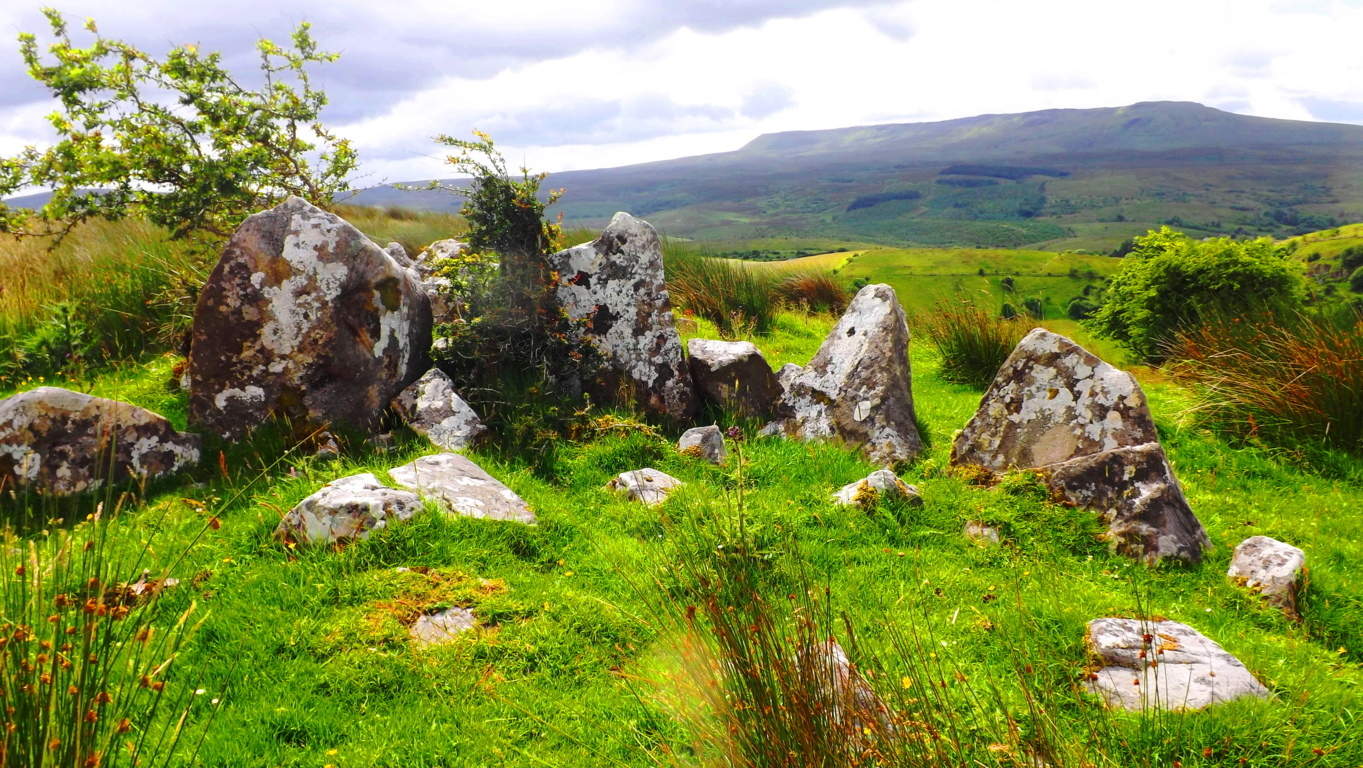 Location: Blacklion/County Cavan Ireland/Cavan Burren National Park
Location: Blacklion/County Cavan Ireland/Cavan Burren National Park
Note: If the quintessential Celtic ‘dreamscape’ is what you are hoping to find in a hiking experience, Cavan Burren National Park is the place for you.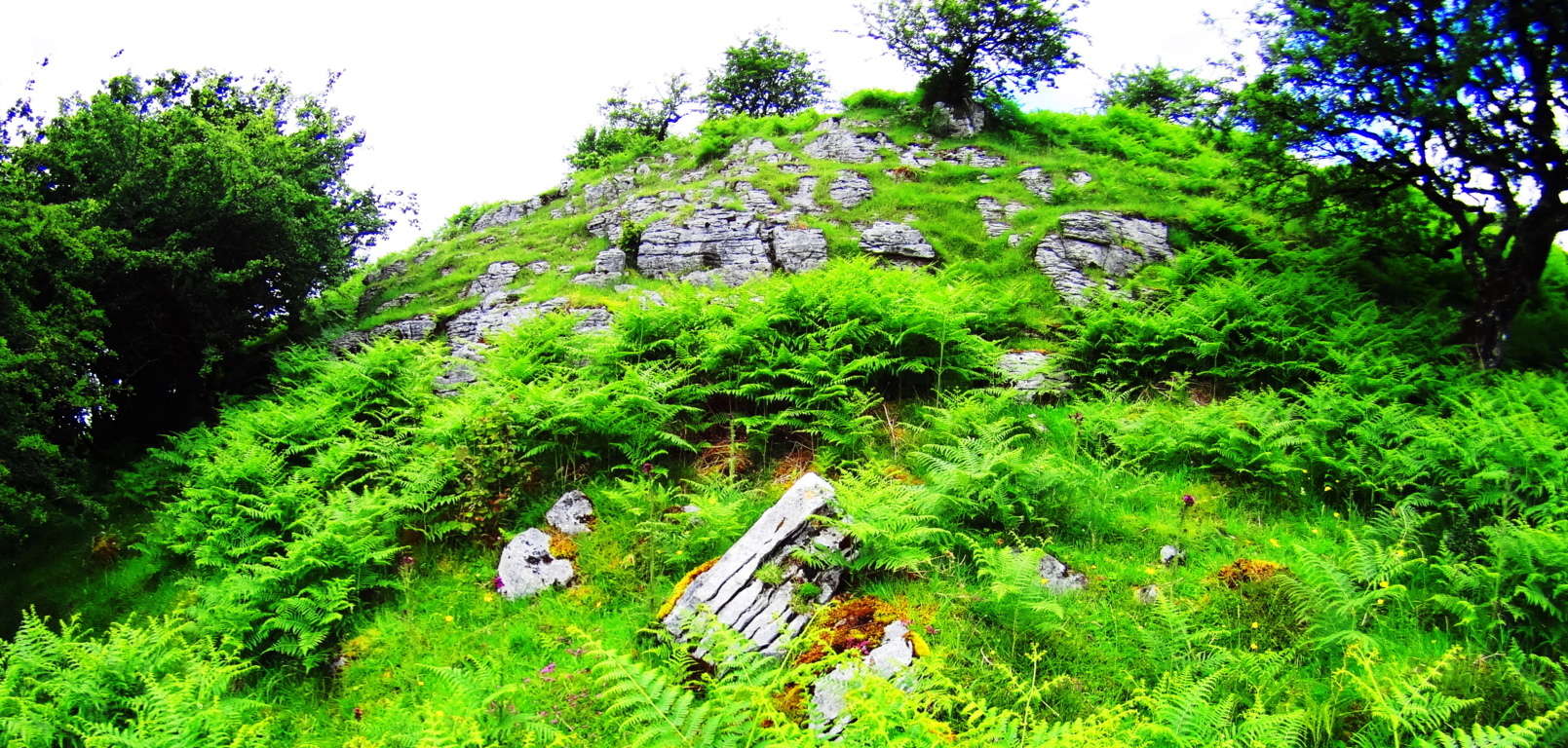 This pristine pre-history landscape is sacred on every possible level, with roughly ten square miles of Celtic wildlife preserve. Embedded in the surreal panoramic vistas surrounding Cuilcagh Mountain, on which the park is mainly canvased, are priceless 5000 year old Wedge Tombs, Alters, Dolmens, and megaliths. A fantastic trail runs from the main entrance/visitors-center of the park to beautiful anthropological sites. The area is absolutely worthy of several specified reviews for each of the sites along this main route, but the real wonder of the region, and perhaps it’s most establishing distinction as a truly Celtic reserve for both exquisitely rare natural fauna and neolithic cultural gems, is that the off trail hiking reveals supremely beautiful works of ancient stone engineering as well. I discovered this incredible alter, featured in the title image above, by interpreting the lay of the engineered stones expressed over the landscape. Postmodern anthropologists have taken a dismissively poor perspective on what they have lazily identified as “farmers walls” looping over the hillsides. These “farmers walls” are not “walls” at all; functionally they do not limit the movements of grazing flocks in any way. Herds can simply walk over these stones if they so choose, so by literal definition, it is not a wall. The function of these special stones that look to our modern eyes as “walling” is actually a type of primitive ‘cable system’ that connects each sacred alter, from one to the next.
This pristine pre-history landscape is sacred on every possible level, with roughly ten square miles of Celtic wildlife preserve. Embedded in the surreal panoramic vistas surrounding Cuilcagh Mountain, on which the park is mainly canvased, are priceless 5000 year old Wedge Tombs, Alters, Dolmens, and megaliths. A fantastic trail runs from the main entrance/visitors-center of the park to beautiful anthropological sites. The area is absolutely worthy of several specified reviews for each of the sites along this main route, but the real wonder of the region, and perhaps it’s most establishing distinction as a truly Celtic reserve for both exquisitely rare natural fauna and neolithic cultural gems, is that the off trail hiking reveals supremely beautiful works of ancient stone engineering as well. I discovered this incredible alter, featured in the title image above, by interpreting the lay of the engineered stones expressed over the landscape. Postmodern anthropologists have taken a dismissively poor perspective on what they have lazily identified as “farmers walls” looping over the hillsides. These “farmers walls” are not “walls” at all; functionally they do not limit the movements of grazing flocks in any way. Herds can simply walk over these stones if they so choose, so by literal definition, it is not a wall. The function of these special stones that look to our modern eyes as “walling” is actually a type of primitive ‘cable system’ that connects each sacred alter, from one to the next. These stone linings are like the wire that runs between a battery’s charge points, to the base-tip of a light bulb, passing energy from one end-point of energy to the next. I found this alter by following the lined stones running north west off the main trail.
These stone linings are like the wire that runs between a battery’s charge points, to the base-tip of a light bulb, passing energy from one end-point of energy to the next. I found this alter by following the lined stones running north west off the main trail.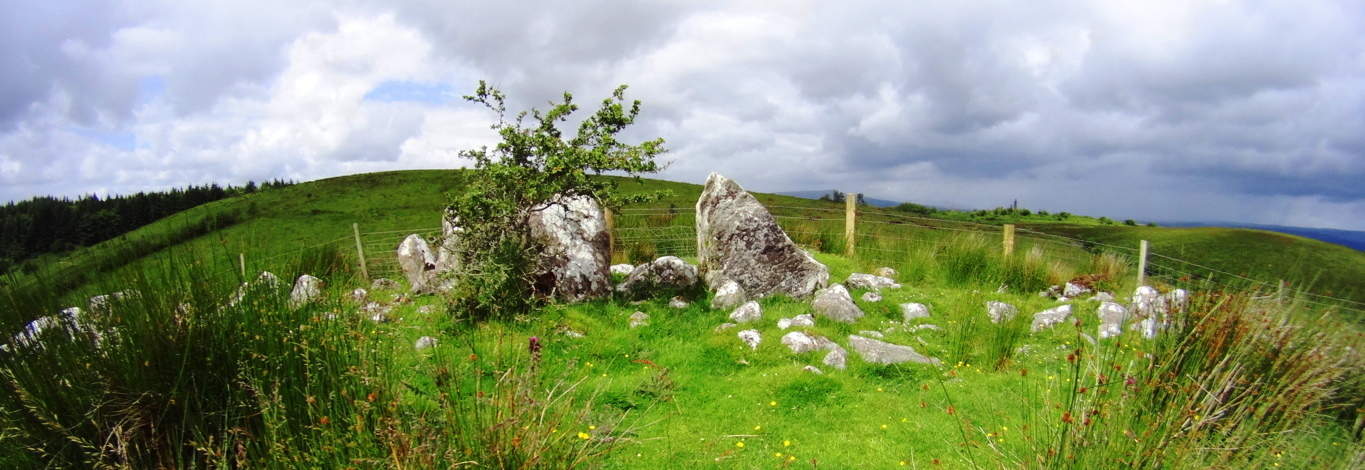 My educated guess was therefore to follow the lined stones I observed to see what special feature it was connected to. I arrived at this incredible Celtic alter wonderfully positioned at the next hilltop, approximately 1.5 miles northwest of the main trails (Top Image).
My educated guess was therefore to follow the lined stones I observed to see what special feature it was connected to. I arrived at this incredible Celtic alter wonderfully positioned at the next hilltop, approximately 1.5 miles northwest of the main trails (Top Image).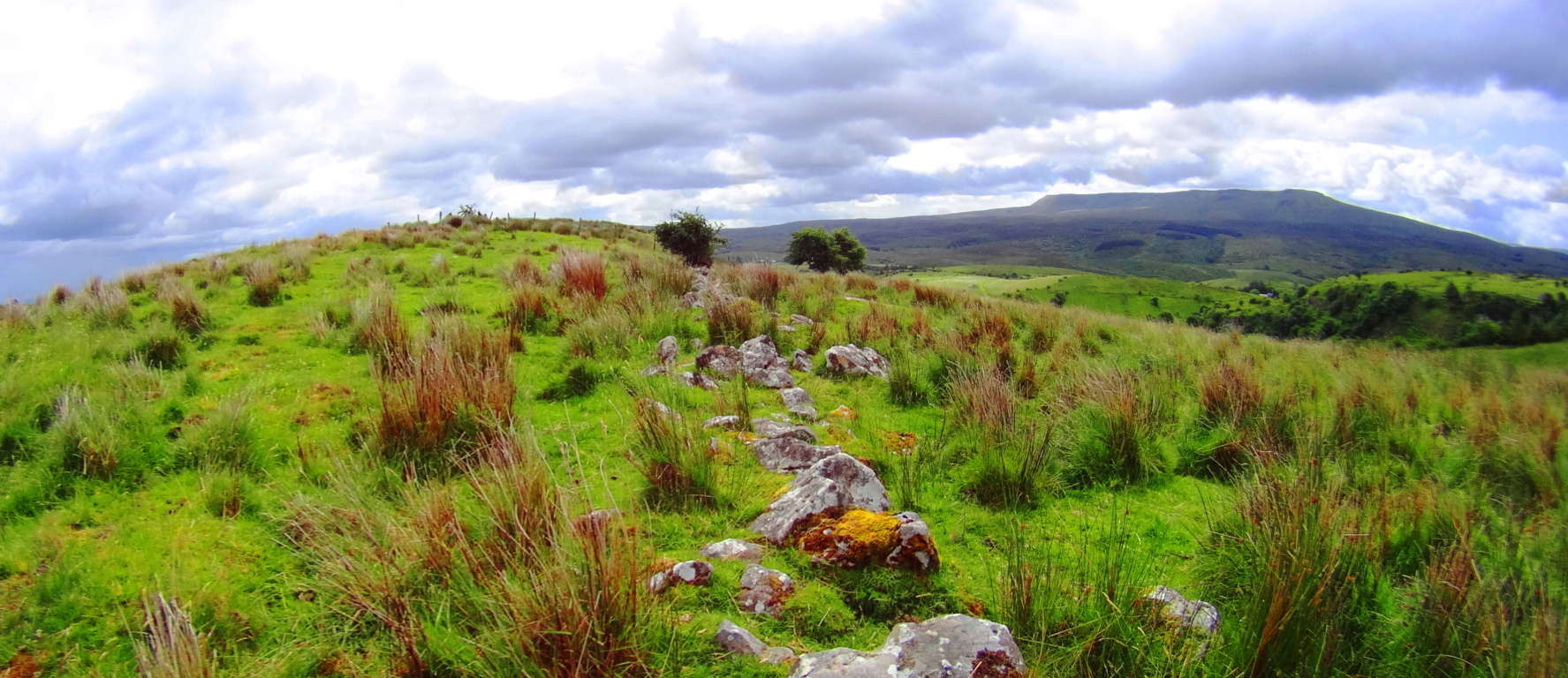 Here again was another moment where my firm belief in the premise of engineered landscapes was vindicated. The earliest Celtic cultures attempted to harness and designate the transfer of energy in the landscape with stones that absorb the energy from the sun and connect the alters sitting strategically at the top the hills. These lined stones funneled energy from peak to peak, alter to alter. Most modern anthropologists fall victim to assuming that a ‘defined sacred space’ requires a specific ‘central temple’ that celebrates the area in a basically singular declaration. What they refuse to consider is that an even higher expression of the sacredness of the landscape is of course to utilize it while celebrating it, making the entire area a type of living, functional temple which connects each elevated corner. This engineering is also present in the mountains and forests of New England. I encourage hikers to prepare appropriate gear for deeply experiencing the landscape, for trekking into wilder corners of the reserves. If you follow the stone-linings of ancient Celtic zones to areas away from the designated trail, you will soon find that the premise of engineered landscapes is absolutely real. Aside form this, the natural beauty of the area is stellar. To deeply experience any ancient landscape equip yourself with cinema-capable cameras and capture your trek.
Here again was another moment where my firm belief in the premise of engineered landscapes was vindicated. The earliest Celtic cultures attempted to harness and designate the transfer of energy in the landscape with stones that absorb the energy from the sun and connect the alters sitting strategically at the top the hills. These lined stones funneled energy from peak to peak, alter to alter. Most modern anthropologists fall victim to assuming that a ‘defined sacred space’ requires a specific ‘central temple’ that celebrates the area in a basically singular declaration. What they refuse to consider is that an even higher expression of the sacredness of the landscape is of course to utilize it while celebrating it, making the entire area a type of living, functional temple which connects each elevated corner. This engineering is also present in the mountains and forests of New England. I encourage hikers to prepare appropriate gear for deeply experiencing the landscape, for trekking into wilder corners of the reserves. If you follow the stone-linings of ancient Celtic zones to areas away from the designated trail, you will soon find that the premise of engineered landscapes is absolutely real. Aside form this, the natural beauty of the area is stellar. To deeply experience any ancient landscape equip yourself with cinema-capable cameras and capture your trek.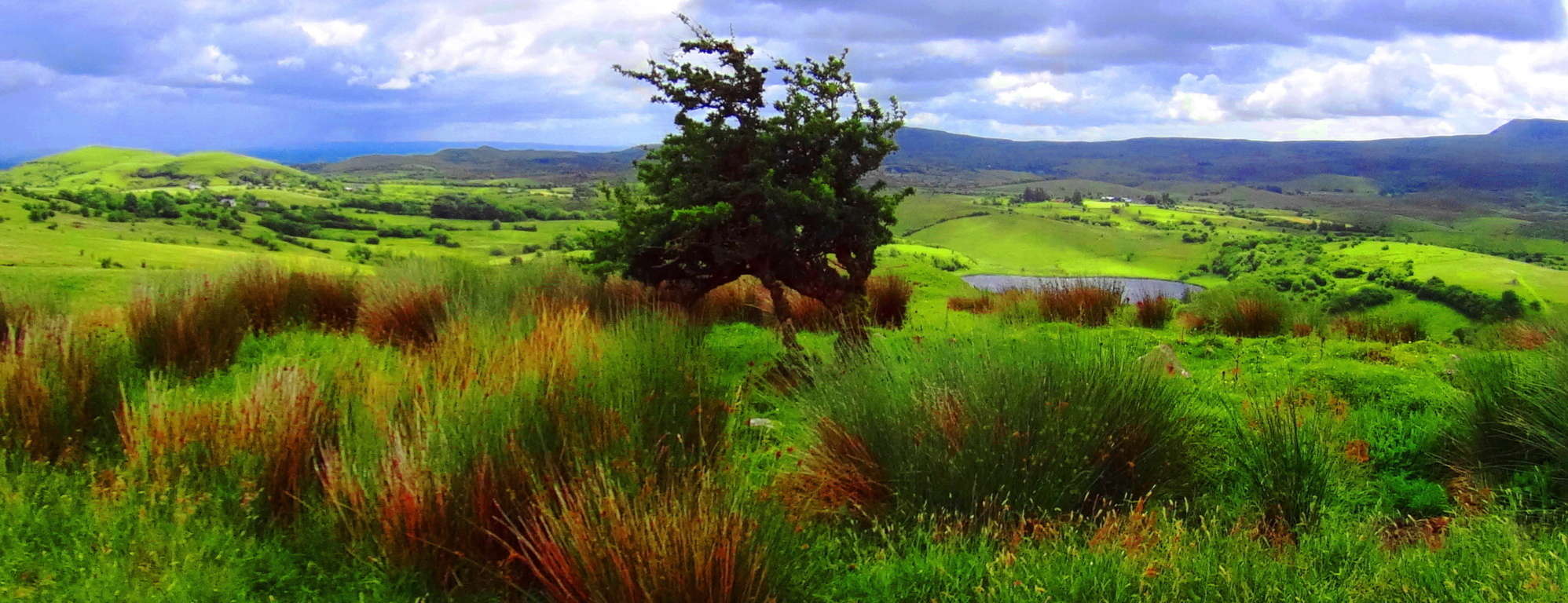 Cavan Burren National Park is a portal into the primordial era of the earths most fantastic expressions, with priceless anthropological expressions of engineering from the first culture on earth. Seek, and find it out for yourself.
Cavan Burren National Park is a portal into the primordial era of the earths most fantastic expressions, with priceless anthropological expressions of engineering from the first culture on earth. Seek, and find it out for yourself.
